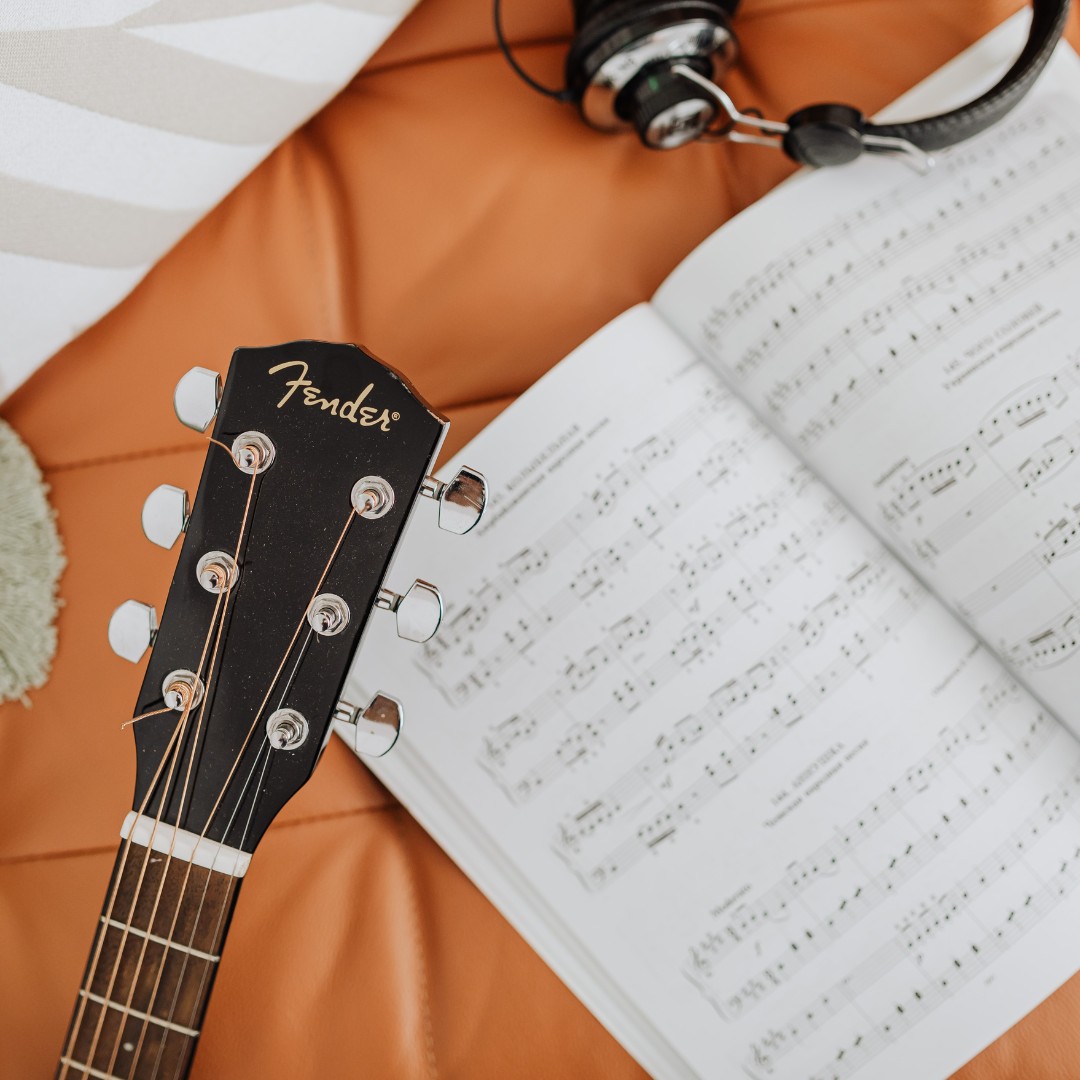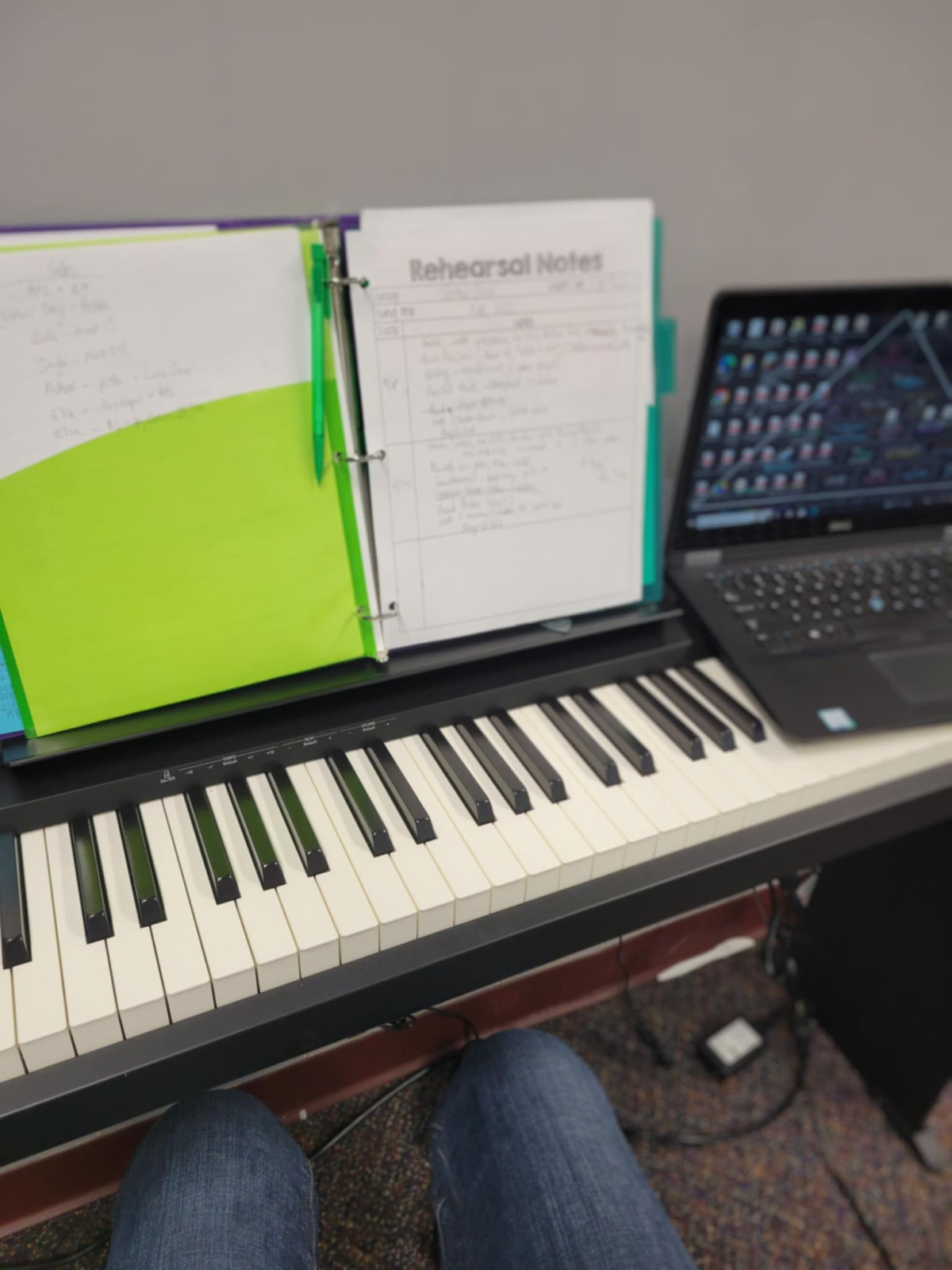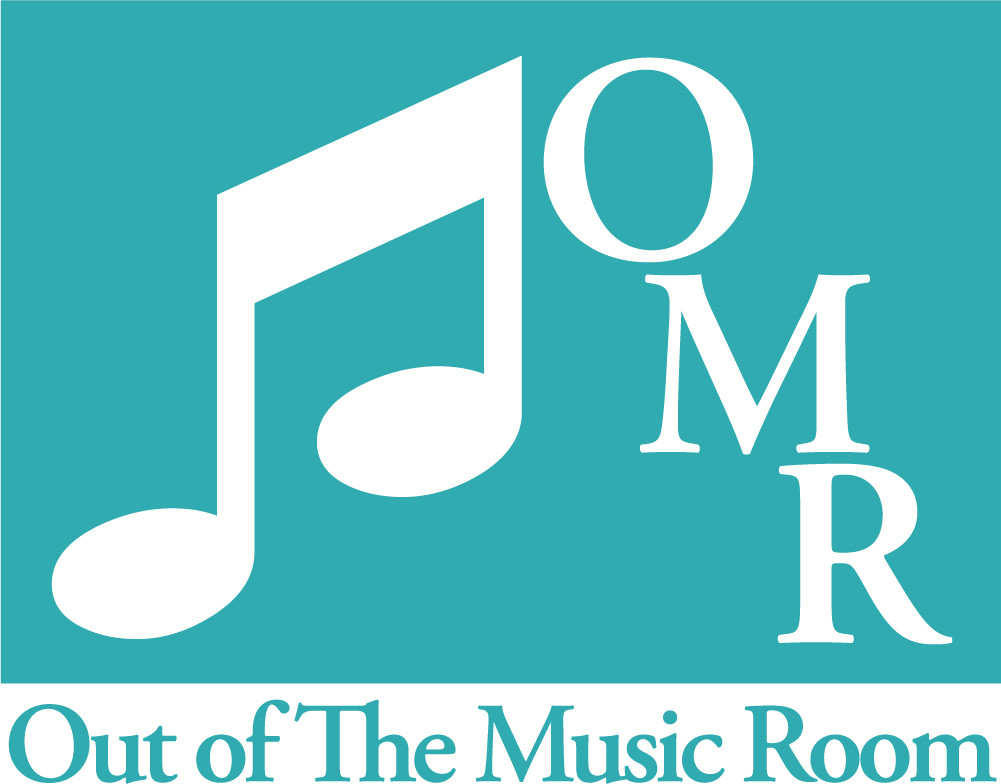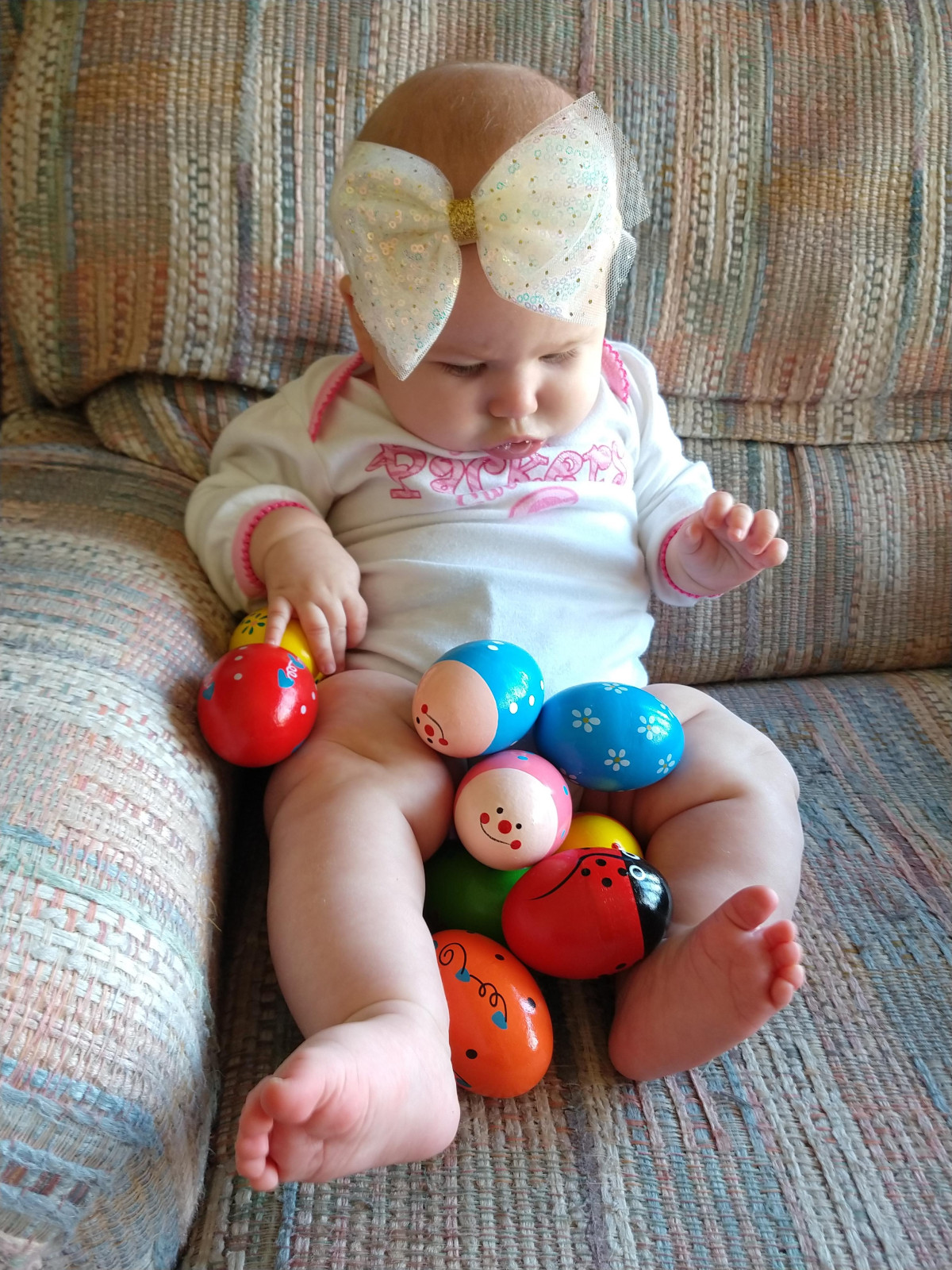
The Power of Active Musical Participation in Early Childhood
1. Cognitive Development Through Music
2. Emotional Expression and Regulation
3. Building Social Skills Through Collaborative Music-Making
4. Enhancing Motor Skills and Coordination
5. Fostering Creativity and Imagination
The Critical 0-7 Year Window for Musical Aptitude
Practical Tips for Making Music with Your Young Child
- Explore Various Instruments: Introduce your child to a range of instruments, from simple shakers and tambourines to more complex ones like keyboards or drums. Let them experiment with different sounds and textures.
- Incorporate Movement and Dance: Encourage your child to move their body to music. This could involve simple actions like clapping, swaying, or more elaborate dance moves. Movement enhances the musical experience and helps develop coordination.
- Create Music with Everyday Objects: Turn your home into a musical playground by using everyday objects as instruments. Pots, pans, plastic containers, and even your voices can become part of your musical exploration.
- Sing Together Regularly: Make singing a part of your daily routine. Whether it's during bath time, while doing chores, or as part of a bedtime ritual, singing simple songs and nursery rhymes can be a joyful way to bond while developing language skills.
- Attend Music Classes or Workshops: Consider enrolling your child in age-appropriate music classes. These structured environments often provide a wealth of musical experiences and opportunities for social interaction with peers. But make sure that they are focused on DOING music rather than ABOUT music!
Embracing the Journey
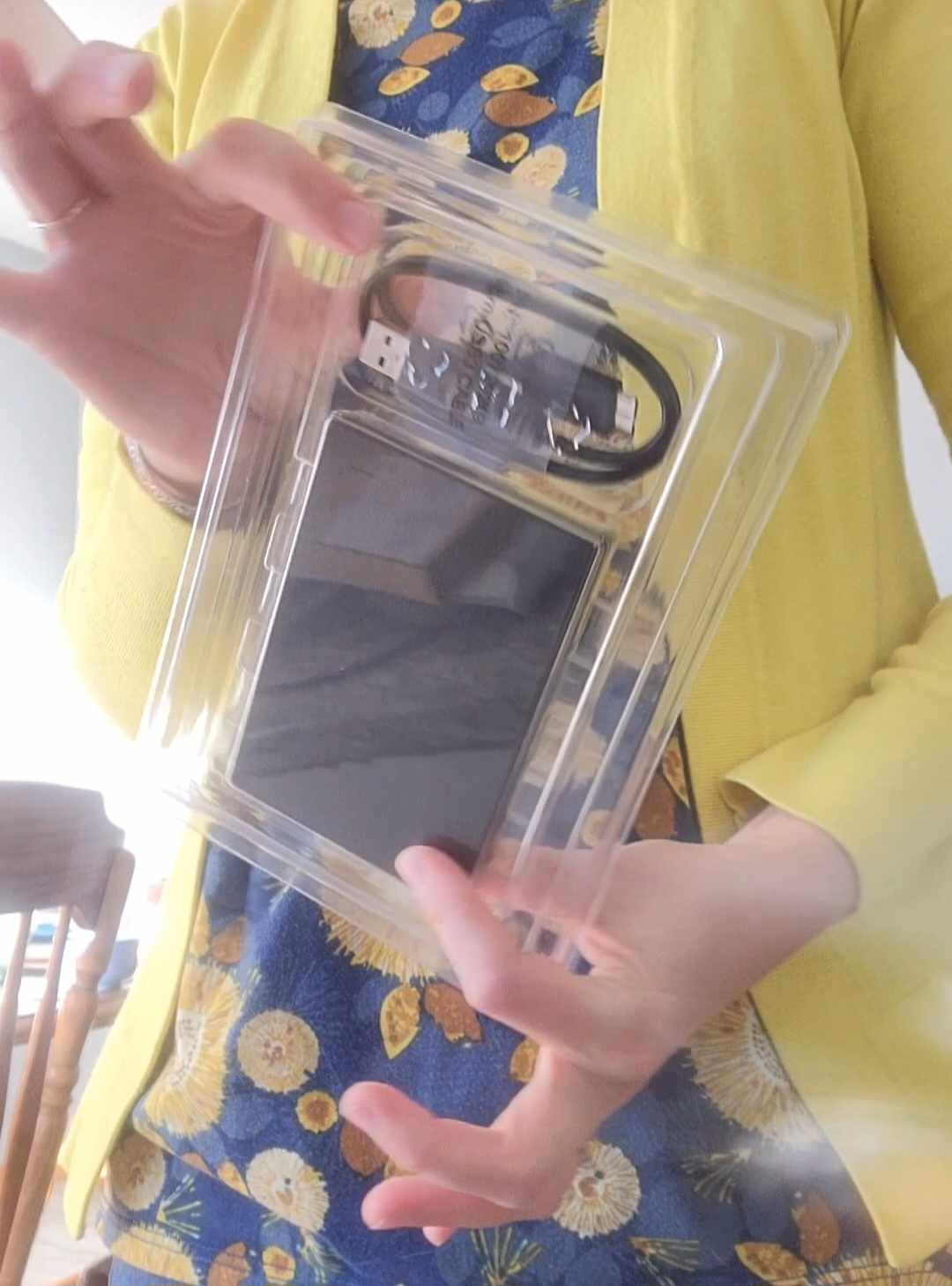
1. Leverage Multiple Free Cloud Storage Services
- Google Drive:
- Offers 15GB of free storage.
- Integrates seamlessly with Google Docs, Sheets, and Slides, making it easy to organize lesson plans alongside your videos.
- MEGA:
- Provides 20GB of free storage.
- Known for its strong encryption features, making it a secure choice for sensitive materials.
- pCloud:
- Starts with 10GB, expandable to 20GB through referrals.
- Offers a user-friendly interface and allows you to stream audio and video directly from the cloud.
- Icedrive:
- Offers 10GB of free storage.
- Features a modern interface and allows for easy file sharing with students.
- Koofr:
- Provides another 10GB of free space.
- Supports integration with other cloud services like Dropbox and Google Drive, allowing for centralized access.
2. Optimize Your File Storage
- Compress Video Files:
- Use tools like HandBrake or VLC Media Player to reduce file sizes without sacrificing quality. Aim for formats like MP4 (H.264) for optimal balance between size and quality.
- Choose Efficient Audio Formats:
- Convert recordings to MP3 or AAC formats, which are significantly smaller than WAV or FLAC files. This can save substantial space while retaining good audio quality.
- Organize and Clean Up Regularly:
- Set a schedule (e.g., monthly) to review your files. Delete duplicates, outdated lessons, or recordings that no longer serve your teaching objectives.
3. Utilize YouTube for Video Storage
- Upload as Unlisted or Private:
- This keeps your videos accessible only to those you share them with, ensuring privacy while still allowing easy access for students.
- Create Playlists:
- Organize your content by topic (e.g., "Beginner Guitar Lessons," "Advanced Piano Techniques") or instrument, making it easy for students to find relevant materials.
4. Incorporate External Drive Storage
- Choose the Right Type:
- Portable Drives: Great for on-the-go access; consider options like the WD My Passport (up to 5TB) or Seagate Expansion Portable Drive.
- Desktop Drives: Ideal for stationary use, offering larger capacities at lower costs (e.g., WD My Book can go up to 22TB). These drives are perfect for archiving extensive video libraries.
- Backup Important Files:
- Regularly transfer important recordings and videos to an external drive as a backup solution. Consider setting up automatic backups using software like Acronis True Image or Windows Backup.
5. Archive Older Content
- Store Current Projects in the Cloud:
- Keep frequently accessed files on cloud services for easy sharing and access during lessons or practice sessions.
- Move Older Files to External Drives:
- Regularly archive less frequently used content to external drives. Consider categorizing by year or semester to streamline retrieval if needed in the future.
6. Maximize Free Trials and Promotions
- Take advantage of these offers to temporarily increase your storage capacity. Services like Dropbox often provide additional space when you refer friends or complete specific tasks.
- Look out for seasonal promotions that may provide additional free space, especially around back-to-school seasons or holidays.

As a freelance music teacher, you may have encountered various misconceptions about the profession. In this blog post, I will debunk some of the most common myths surrounding freelance music teaching and reveal the truths behind them. Let’s dive in!
Myth #1: You Have to Work Evenings if You're a Freelance Teacher
Myth #2: You Can't Make a Living Teaching Freelance Music Unless You Work Crazy Long Hours
Myth #3: Freelance Teaching Only Works if Your Spouse Holds the Insurance

1. Define Your Vision
Purpose of the Choir
- Will the choir perform during regular Sunday services, special events, or both?
- What age group(s) will you include? Will you focus on elementary school children, preschool children, and/or will you extend the range to include middle schoolers?
- What style of music will you focus on? Will you stick to traditional hymns, incorporate contemporary Christian music, focus on choral sacred music, or aim for a blend of styles?
Goals
- Musical development: Improving pitch, rhythm, and harmony skills.
- Spiritual growth: Deepening understanding of worship and worship leading through music.
- Community building: Fostering teamwork and friendships among choir members.
- Church involvement: Increasing children's participation in church.
2. Gather Support
Church Leadership
- The benefits of a children's choir for the church community.
- Resource requirements (space, budget, equipment).
- How the choir can enhance worship services and special events.
Volunteers & Staff
- Music teachers from your congregation or community.
- Parents with musical backgrounds or experience.
- Older youth who can serve as mentors to younger children.
- A pianist in the congregation.
- Choir director.
- Assistant director.
- Accompanist/Collaborative pianist.
- Music librarian.
- Parent coordinator/communication liaison.
3. Logistics and Planning
Age Groups
- A single choir for all children (e.g., ages 8-14).
- Multiple choirs based on age groups (e.g., 7-10 and 11-14).
- Choirs based on skill level rather than age.
Rehearsal Schedule
- Choose a day and time that works for most families (e.g., Sunday afternoons or Wednesday evenings).
- Determine the duration of rehearsals (30-60 minutes is usually ideal for children, no longer depending on age).
- Decide on the frequency (weekly rehearsals are common, but bi-weekly might work better for some churches -- consider how long a semester is as well as how a child gains missed info if they miss a rehearsal when deciding this).
- Plan for additional rehearsals/run-throughs before major performances.
Location
- A church classroom with good acoustics.
- The main sanctuary (if available and appropriate).
- A fellowship hall or multi-purpose room.
4. Choose Repertoire
Selecting Music
- Choose age-appropriate songs that challenge but don't overwhelm your choir. Go for quick success at the beginning with unison works!
- Include a mix of traditional hymns and contemporary songs to appeal to both children and the congregation.
- Consider the themes of upcoming services or events to align your repertoire.
- Look for songs with educational value (e.g., teaching biblical stories or concepts).
- Appropriate Range for Children's Voices: Ensure that selected pieces fall within an appropriate vocal range for children. Typically, this means avoiding low notes that may strain their voices while focusing on melodies that allow them to sing comfortably in their natural range.
If you need assistance with this step, don't hesitate to reach out! I love helping new directors program repertoire for their choirs!
Teaching Methods
- Use call-and-response techniques, especially for younger children.
- Provide visual aids like sheet music or lyric sheets for those who can read.
- Incorporate movement or hand motions to make learning more engaging and memorable.
- Use recordings or videos to help children practice at home.

But let’s be real—it can also be exhausting.
You’re not broken. And you’re definitely not alone.
Why Music Teachers Are Especially At Risk for Burnout
- High visibility, high pressure.
Every concert, performance, and parent meeting feels like a public evaluation. That constant need to “prove” yourself adds up. - The job rarely stops at 3 p.m.
Evening rehearsals, weekend events, planning lessons on Sundays. It’s a lot—and it’s not sustainable without support. - You’re often a one-person department.
There’s a good chance you’re the only music teacher in your school or studio. It can feel isolating, especially when others don’t “get” the unique pressure we’re under. - Under-resourced and overextended.
You do so much with so little—and that emotional labor often goes unnoticed.
Signs You Might Be Burning Out
- Feeling tired all the time, no matter how much you sleep
- Losing your excitement or passion for teaching
- Getting sick more often, or dealing with constant headaches/tension
- Feeling disconnected—from students, coworkers, or even your own goals
- Dreading work you used to love
What You Can Do About It
- Protect your time like it’s sacred. Set boundaries around evenings and weekends where possible. Rest is productive.
- Connect with others who understand. Whether it’s fellow music teachers, a Facebook group, or a local circle—community can remind you that you’re not alone.
- Celebrate the little wins. That one student who finally nailed their rhythm? That matters. That’s progress.
- Check in with yourself. What do you need right now? Permission to rest? A mindset shift? A new direction? Listen to that inner nudge.
Ready to Build a Business That Doesn’t Burn You Out?
It’ll help you simplify your business, attract more aligned students, and start creating more income without adding more hours to your day.
It’s the place to ask questions, get encouragement, and connect with others who get it.
Seriously, there’s GOLD in the guides section over there. ✨
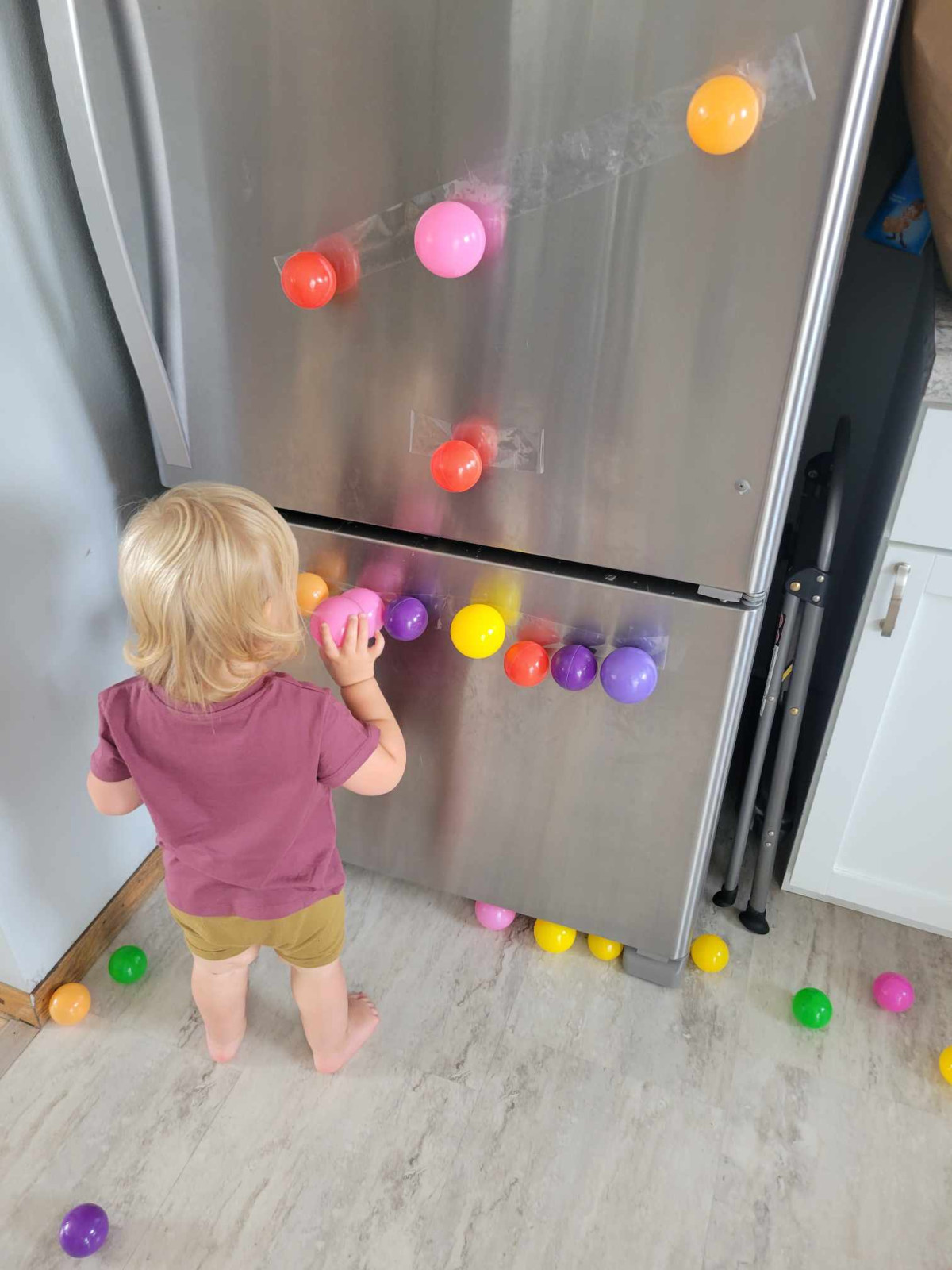
Understanding Biblical Obedience
- "Children, obey your parents in the Lord, for this is right." (Ephesians 6:1)
- "Honor your father and your mother, so that you may live long in the land the Lord your God is giving you." (Exodus 20:12)
- "Fathers, do not exasperate your children; instead, bring them up in the training and instruction of the Lord." (Ephesians 6:4)
Key Strategies for Teaching Obedience
1. Lead with Love and Empathy
2. Set Clear, Biblical Boundaries
3. Encourage Good Behavior
4. Discipline with Grace
5. Model Obedience to God
6. Teach the 'Why' Behind Obedience
7. Practice Active Listening
8. Pray Together
9. Focus on Heart Change
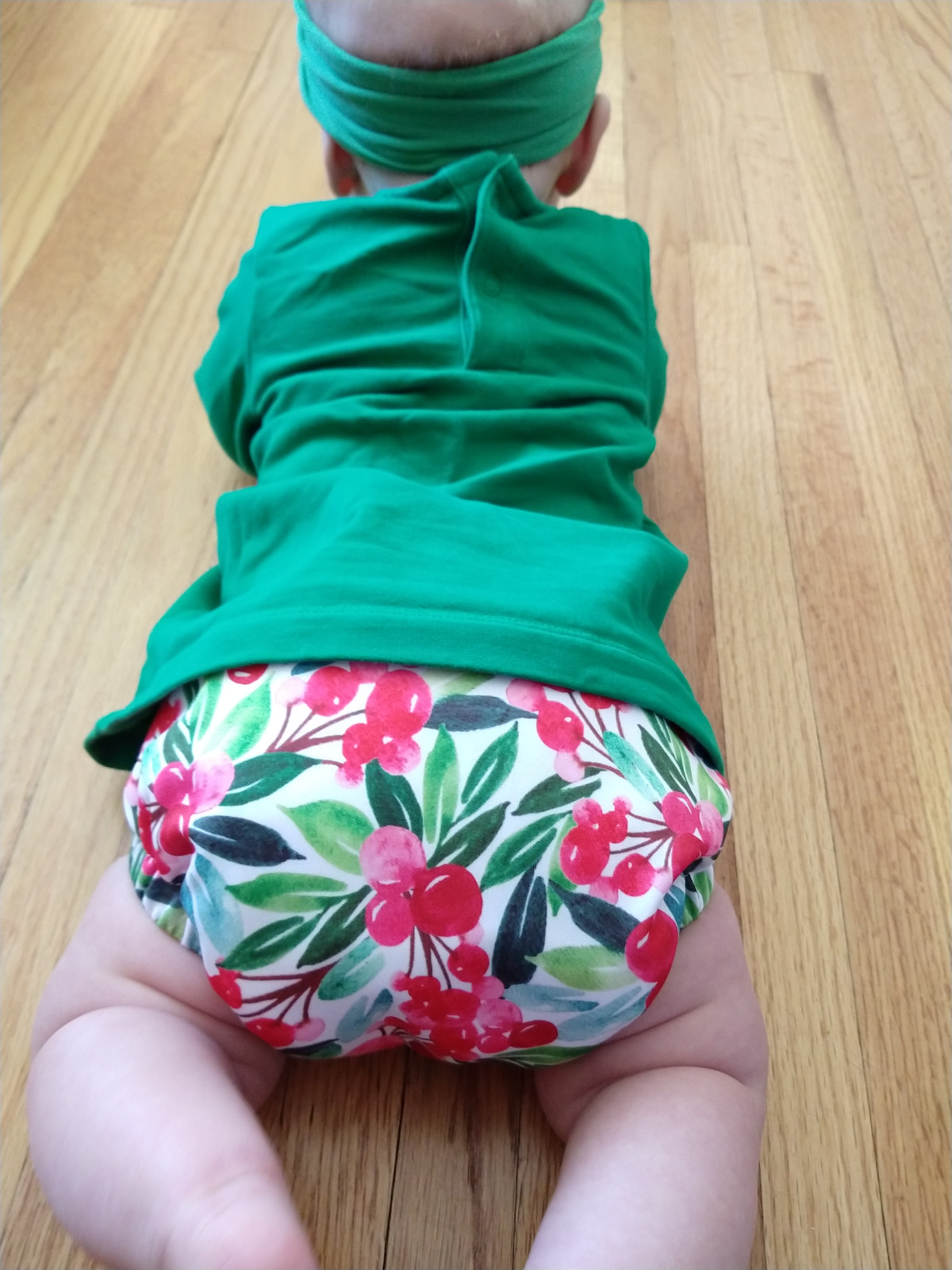
Understanding Fever in Babies
When to Seek Medical Care for Baby Fever
- If your baby is under 3 months old with any fever
- For babies 3-6 months old with a temperature above 102°F (38.9°C)
- If the fever persists for more than 24 hours in babies under 2 years old
- If your child shows signs of dehydration, difficulty breathing, or unusual lethargy
Natural Fever Management for Babies
Herbal Remedies for Baby Fever
- Chamomile tea (for babies over 6 months)
- Lemon balm
- Catnip
Supporting Natural Detoxification
- Warm baths with a small amount of Epsom salts (for babies over 6 months)
- Gentle massage to stimulate lymphatic flow
Homeopathic Remedies for Baby Fever

The Biblical Foundation for Discipline
Practical Strategies for Christ-Centered Discipline
1. Validate and Explain
2. Use Logical Consequences
3. Model Self-Control
4. Use Encouragement with Consistency
The Power of Connection in Christian Parenting
Grace and Forgiveness: Modeling Christ's Love
Calming Strategies for Parents and Children
Prayer and Guidance: Seeking God's Wisdom
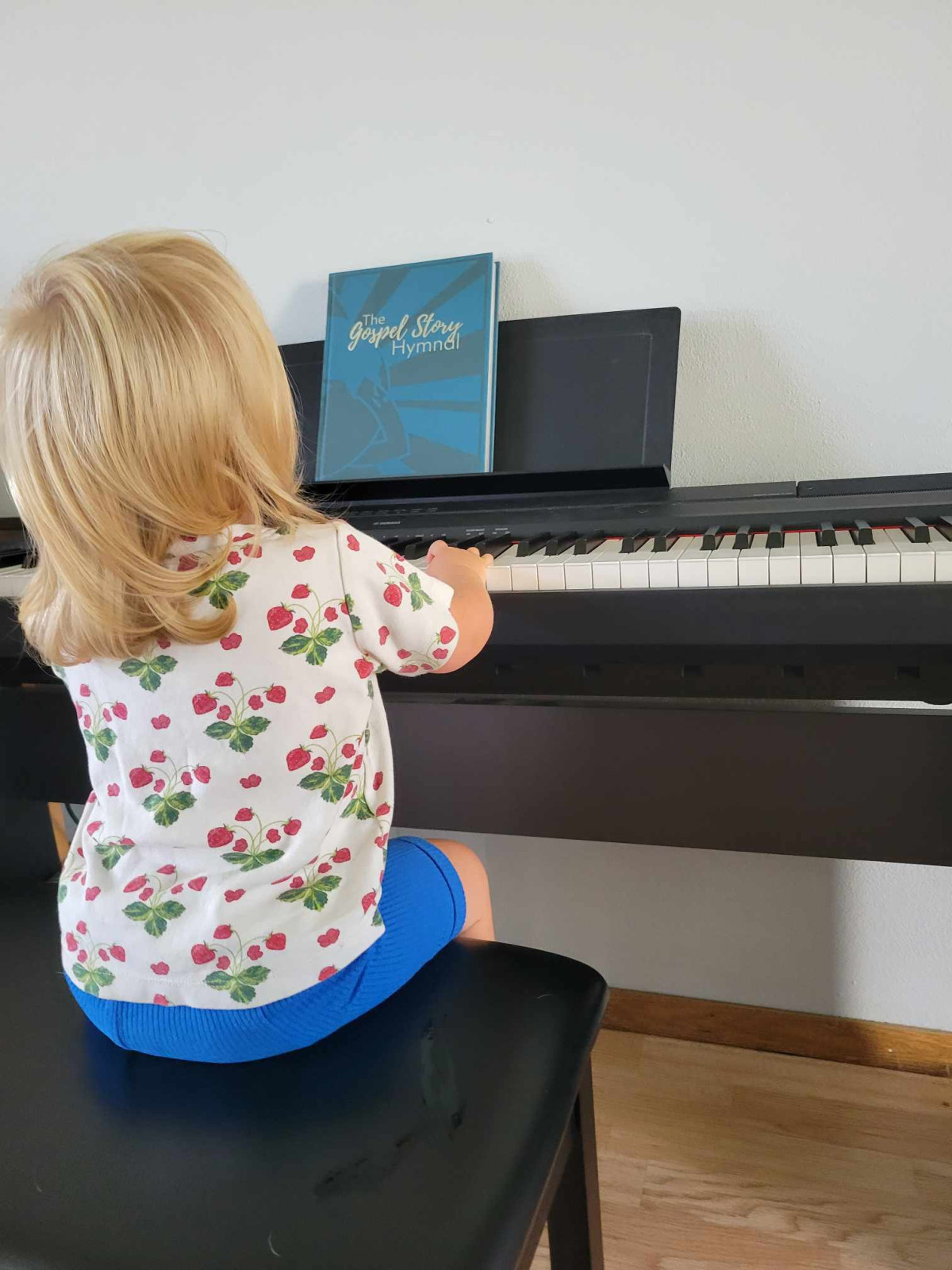
1. Parenting in the Pew: Guiding Your Children into the Joy of Worship
2. The Gospel Story Hymnal
3. Story-Shaped Worship
4. God Made Me for Worship: Helping Children Understand Church
5. Sparkled Salt Co. Sermon Notebooks for Kids and Tweens
These specially designed notebooks encourage children and tweens to take notes during sermons, helping them focus on the message being preached. With sections for recording key points, themes, and personal reflections, these notebooks make it easier for kids to engage with what they hear during church services. This practice not only enhances comprehension but also fosters a habit of active listening that can benefit them throughout their lives.

The Many Benefits of Reading Aloud to Children
1. Boosting Language Development
2. Enhancing Cognitive Skills
3. Strengthening Emotional Bonds
4. Improving Attention Span
5. Nurturing Empathy and Understanding
The Crucial Role of Vocal Health for Parents
1. Prioritize Proper Hydration
2. Incorporate Warm-Up Exercises
3. Practice Mindful Volume Control
4. Take Regular Voice Breaks
5. Avoid Vocal Fry
Quick Tips for Reading Aloud Effectively
- Choose Engaging Books: Select stories that captivate your child's interest.
- Use Different Voices: Bring characters to life by using various tones or accents.
- Encourage Interaction: Ask questions about the story to keep your child engaged. Have them narrate what's happening!
- Start Small: Begin with short amounts of time and gradually lengthen the time as your child's attention increases.
- Set a Routine: Establish a regular reading time to make it a cherished daily habit.
- Make It Cozy: Create a comfortable reading environment with pillows or blankets.

Why Make and Flavor Your Own Kombucha?
- Cost-Effective: Brewing kombucha at home can be significantly cheaper than buying it from stores, especially if you drink it regularly.
- Control Over Ingredients: When you make your own, you have complete control over the quality and type of ingredients used.
- Customization: You can tailor the flavor and sweetness to your exact preferences.
- Experimentation: Making kombucha at home allows you to try unique flavor combinations that may not be available commercially.
- Reduced Packaging Waste: Homebrewing eliminates the need for single-use bottles or cans.
- Fun and Rewarding: The process of brewing and flavoring your own kombucha can be an enjoyable and satisfying hobby.
The Fermentation Process
Choosing Your Kombucha Flavors
1. Fruits
- Berries (strawberries, blueberries, raspberries)
- Citrus (lemon, lime, orange)
- Tropical fruits (mango, pineapple, passion fruit)
- Stone fruits (peach, apricot, cherry)
2. Herbs and Spices
- Mint
- Basil
- Ginger
- Turmeric
- Cinnamon
- Cloves
3. Flowers
- Hibiscus
- Lavender
- Rose petals
- Chamomile
4. Teas and Other Beverages
- Green tea
- Chai tea
- Rooibos tea
- Coffee (for a kombucha-coffee hybrid)
- My favorite antioxidant puree to flavor my kombucha!
Tips for Successful Kombucha Flavoring
- Start Small: When trying a new flavor, start with a small batch to see how it turns out before committing to a larger quantity.
- Sanitize Everything: Cleanliness is crucial in kombucha brewing to prevent contamination.
- Taste as You Go: During the flavoring process, taste your kombucha periodically to see how the flavors are developing.
- Strain Before Drinking: If you've added solid ingredients like fruit chunks or herbs, strain your kombucha before drinking to remove any debris, or blend if you want the thicker added ingredients.

Why Listening Matters in Parenting
- Builds Trust: Active listening demonstrates that your child's thoughts and feelings matter, encouraging them to come to you with their concerns.
- Enhances Emotional Intelligence: Listening helps children articulate their feelings, leading to greater emotional awareness and regulation.
- Strengthens Family Relationships: Open communication fosters deeper connections between parents and children, making family life more fulfilling and harmonious.
- Boosts Self-Esteem: When children feel heard and understood, it positively impacts their self-worth and confidence.
- Improves Problem-Solving Skills: By listening attentively, you can help your child develop critical thinking and problem-solving abilities.
Practical Tips for Becoming a Better Listener
- Be Fully Present: Put away distractions like phones or tablets when your child is speaking. Show them that they have your undivided attention.
- Use Open-Ended Questions: Encourage your child to express themselves by asking questions that require more than a simple "yes" or "no" answer. For example, instead of asking, "Did you have a good day at school?" try, "What was the most interesting thing that happened at school today?"
- Reflect and Validate Feelings: After your child shares their thoughts, reflect back what you heard and validate their emotions. You might say, "It sounds like you felt really frustrated when that happened. It's okay to feel that way."
- Practice Patience: Allow your child to finish their thoughts without interrupting. This shows respect for their perspective and encourages them to share more.
- Model Active Listening: Demonstrate active listening by nodding, making eye contact, and providing verbal affirmations like "I see" or "Tell me more." This encourages your child to engage more deeply in the conversation.
- Avoid Judgment: Create a safe space for your child to express themselves by listening without immediate judgment or criticism.
- Use Body Language: Your nonverbal cues can be just as important as your words. Maintain an open posture and lean in slightly to show engagement.
Intentional Communication: A Key Principle in Parenting
- Setting aside dedicated time for conversations with your children
- Being mindful of your tone and words
- Actively seeking to understand your child's perspective
- Using age-appropriate language and concepts
- Incorporating family values into your discussions



